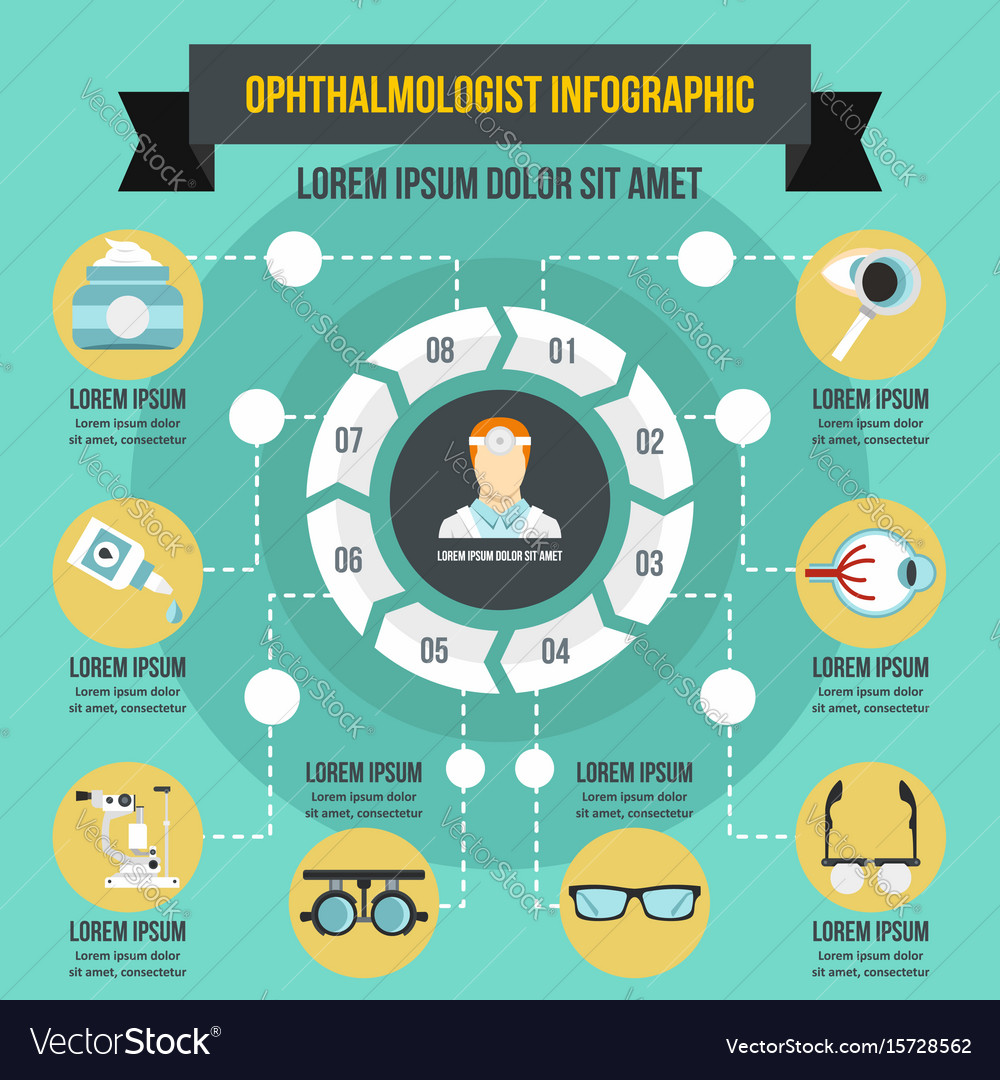Pondering over the complicated dilemma of PRK vs. LASIK? Wondering which laser eye surgery would match you best? Look no further, for this discussion aims to shed light on the subject and help you make an informed choice.
With a contrast of procedures, insights right into recovery time differences, and an exploration of possible risks and considerations, this exploration will certainly leave you with a more clear vision of the course ahead.
So, if you're ready to reveal the keys behind these two prominent treatments, distort up and prepare to start a trip of ocular enlightenment.
Treatment Comparison
When contrasting PRK and LASIK, it's important to understand the differences in their particular procedures.
PRK, or photorefractive keratectomy, includes the elimination of the external layer of the cornea before reshaping it with a laser to correct vision problems. This treatment is suitable for people with thin corneas or those that may have various other corneal problems.
On the other hand, LASIK, or laser-assisted in situ keratomileusis, includes producing a thin flap on the cornea, which is then raised to enable the laser to improve the underlying tissue. This procedure is usually preferred for people with thick corneas and gives a quicker recovery time contrasted to PRK.
Comprehending Benefits Of LASIK Z-LASIK can aid you make an informed decision concerning which procedure might be preferable for your specific needs.
Recovery Time Differences
After comprehending the distinctions in the procedures in between PRK and LASIK, it is essential to think about the recuperation time distinctions. Here are five key points to keep in mind:
- PRK commonly has a much longer healing period contrasted to LASIK. With PRK, it can take up to a week or longer for your vision to support, while LASIK people frequently experience improvement within a day or more.
- PRK involves the elimination of the epithelium, which is the outer layer of the cornea. This causes a slower healing process contrasted to LASIK, where a flap is created and repositioned.
- PRK people might experience pain and sensitivity in the very first couple of days after surgery, while LASIK patients typically have very little pain.
- Both PRK and LASIK might require making use of prescription eye drops during the healing period to prevent infection and advertise healing.
- It's important to follow your cosmetic surgeon's post-operative instructions meticulously to guarantee a smooth and successful recuperation.
Prospective Dangers and Factors To Consider
Prior to making a decision, it is essential to comprehend the possible dangers and factors to consider related to PRK and LASIK laser eye surgical treatments. While both treatments are usually secure and reliable, there are still a couple of points you require to keep in mind.
One significant danger is the opportunity of experiencing completely dry eyes after surgical treatment. mouse click the following article is more common with LASIK, but can also occur with PRK. Temporary aesthetic disruptions, such as glare, halos, and dual vision, are additionally possible negative effects. Furthermore, there's a small risk of infection and corneal haze after PRK.
It's vital to talk about these possible threats and factors to consider with your eye doctor to make an informed decision concerning which treatment is right for you.
Final thought
In conclusion, when choosing between PRK and LASIK for laser eye surgical treatment, it is necessary to consider your specific needs and preferences.
Both procedures have their own benefits and prospective threats, so it's essential to speak with a certified eye specialist to determine which choice is best for you.
Like 2 various paths leading to the very same destination, PRK and LASIK can both assist you achieve enhanced vision and a much better lifestyle.
